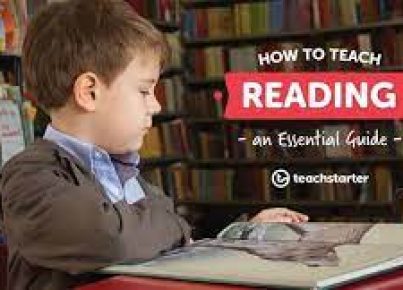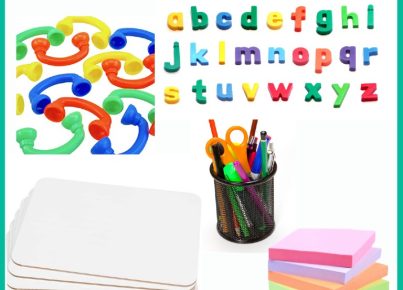In the world of education, few topics are as hotly debated as the methods and timing for teaching children to read. This ongoing discourse focuses on the most effective way to cultivate a love for reading, foster literacy skills, and build a foundation for academic success. Let’s delve into the complexities of the how-and-when-to-teach-reading debate by examining different approaches and perspectives.
Phonics vs Whole Language Approach
One of the main discussion points in the debate revolves around whether to use phonics or whole language teaching methods.
Phonics-based instruction emphasizes breaking down words into individual sounds (phonemes), teaching children to decode words by blending these sounds. The primary strength of this approach is its emphasis on teaching foundational reading skills, which is essential for students to decode unfamiliar words independently.
On the other hand, the whole language approach fosters a more holistic understanding of reading by focusing on context, meaning, and natural language exposure. Proponents of this method argue that reading is a process involving multiple cognitive skills, including predicting words based on context, syntax, and pictures.
While both methods have their merits, many educators now lean towards a balanced literacy approach that combines elements from both phonics and whole language systems. This strategy recognizes that different learners have different needs and aims to create an inclusive learning environment for all students.
The Age Conundrum
Another aspect of the how-and-when-to-teach-reading debate relates to the appropriate age at which children should begin formal reading instruction. Some experts argue that introducing reading skills too early may stifle creativity and can lead to stress or anxiety in young learners. Others believe that waiting too long can hinder academic progress and hamper a child’s ability to catch up with their peers later in life.
Research has shown that children develop at different rates; while some might be ready for structured learning at an early age, others might not be prepared until later. Ultimately, it’s essential to consider the individual child’s needs, interests, and developmental stage when determining the best time to introduce reading instruction.
The Role of Parents
Parents play an essential part in their children’s literacy journeys. Reading to children from an early age, engaging them in conversation, and nurturing their curiosity lay the groundwork for future reading success. By doing so, parents can contribute significantly to fostering a love for books and creating a solid foundation for learning.
Moreover, parents can actively support their children’s reading development by understanding and advocating for the most effective teaching methods employed in schools.
In Conclusion
The how-and-when-to-teach-reading debate is a crucial matter that concerns parents, educators, and policymakers alike. By examining different methodologies’ strengths and weaknesses, recognizing the importance of individualized instruction catering to each child’s needs, and supporting and fostering a love of reading from a young age, we can promote literacy and academic success in future generations.





